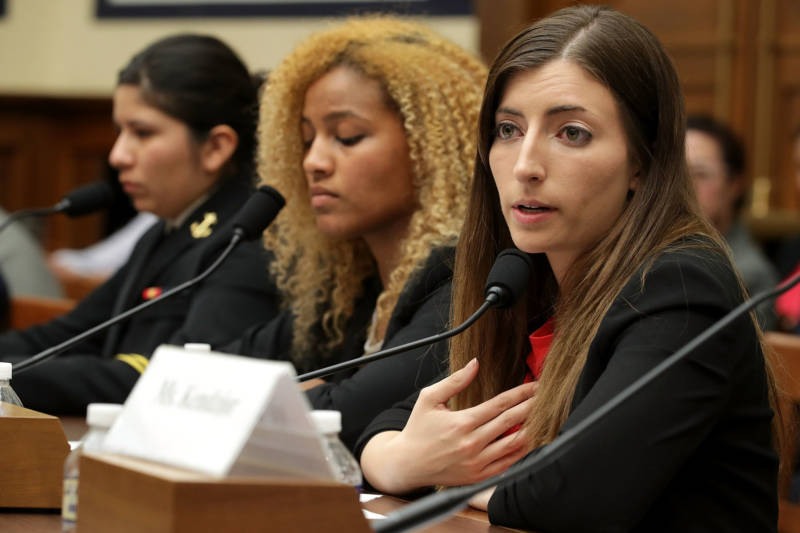Reports of military sexual assaults jumped by 13% last year, but an anonymous survey of service members released Thursday suggests the problem is vastly larger.
The survey results found that more than 20,000 service members said they experienced some type of sexual assault, but only a third of those filed a formal report.
The survey number is about 37% higher than two years ago, when one was last done, fueling frustration within the department and outrage on Capitol Hill.
“I am tired of the statement I get over and over from the chain of command: ‘We got this, madam, we got this.’ You don’t have it!” Sen. Kirsten Gillibrand, a New York Democrat, shouted during a Senate Armed Services Committee confirmation hearing Thursday for Army Gen. James McConville. “You’re failing us.”
McConville has been nominated to be the next chief of staff of the Army, and that service saw a spike of more than 18% in the number of sexual assault reports filed last year. The Marine Corps had the largest jump, at 23%, while the Navy saw a 7% increase and the Air Force was up by about 4%.
